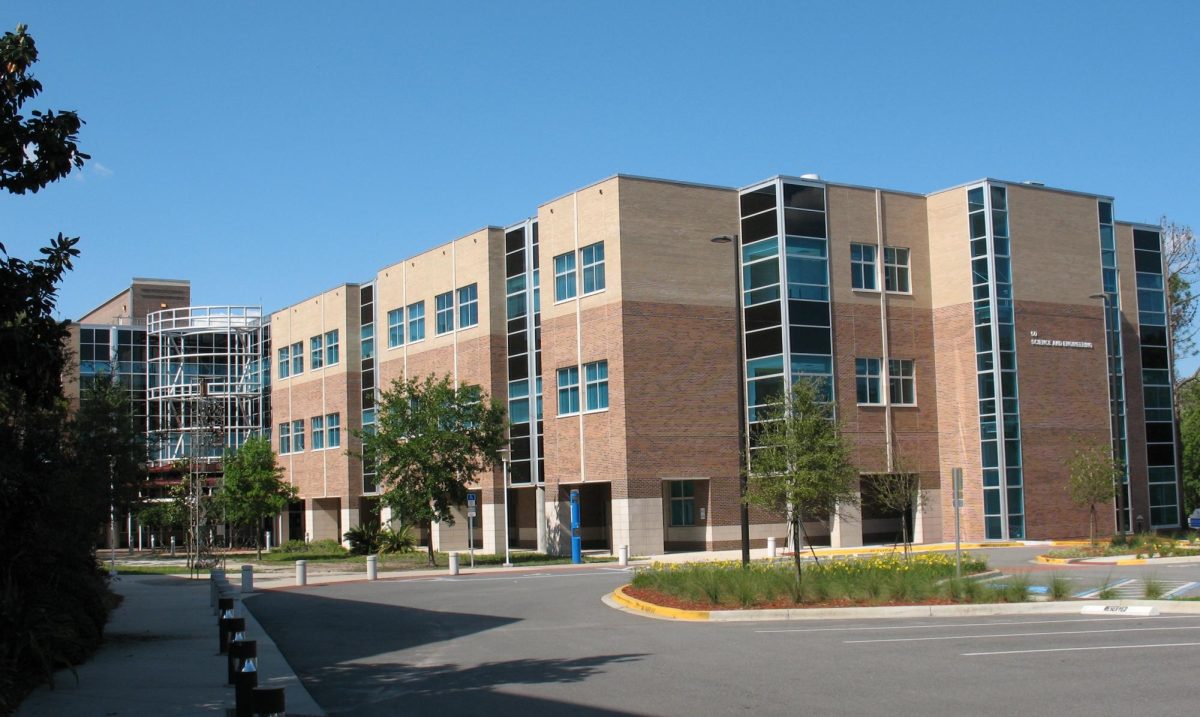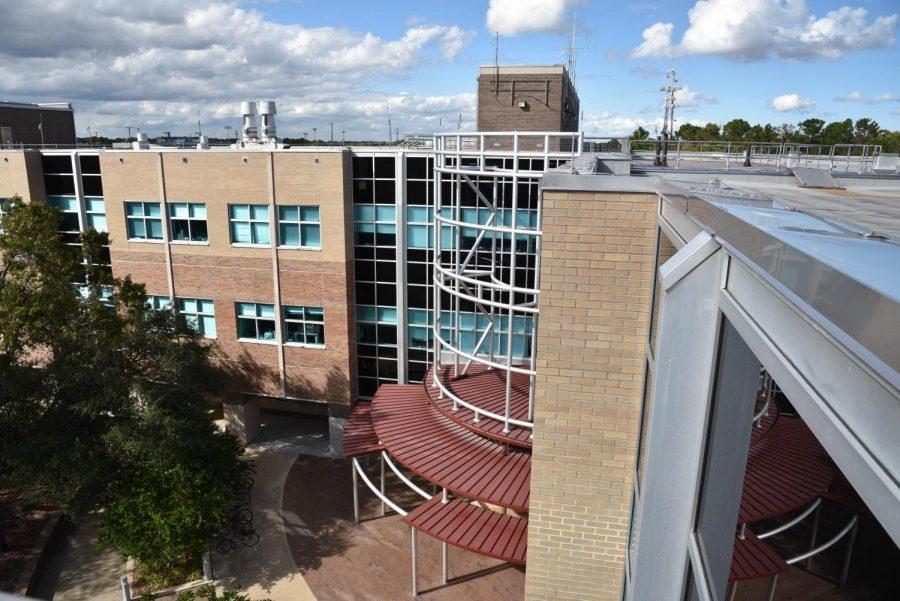By Mike Zaccardi
The U.S. Bureau of Labor Statistics releases monthly unemployment figures on the first Friday of the month. Key indicators include: the headline unemployment rate, average hourly earnings, average work week and total jobs created or lost.
The President said the economy has gained private sector jobs in aggregate this year despite total jobs being very weak. For example, analysts’ consensus for the report to be released Oct. 8 at 8:30 a.m. calls for a gain of 67,000 private sector jobs while total jobs are expected to decline by 54,000.
The economy is still coming off of the 2010 U.S. Census jobs boost witnessed in early months of the year. These jobs were temporary government jobs, so they distort actual employment figures.
A gain of 67,000 private sector jobs sounds strong. Unfortunately, the economy needs to create about 150,000 jobs per month to keep up with population growth according to most economists.
Meanwhile, the unemployment rate, which I mentioned earlier as “headline unemployment,” is expected to be unchanged at 9.6 percent. It is a “headline” number because it does not reflect the true unemployment picture.
The government has several measures of the unemployment rate: U1-U6. The BLS publishes all figures, but the government and mainstream media focus on the U3 rate.
Many economists and bloggers prefer the U6 rate as the true measure of unemployment. U6 includes discouraged workers who have left the labor force, “marginally attached workers” who are not actively seeking a job, and part-time workers who would like to be full time – the “underemployed.”
The U6 stands at 16.7 percent. It will always be higher than the official unemployment rate, usually by about 3 percent in good economic times. U6 bottomed in the late 2006 near 7 percent while the U3 nearly dipped to 4 percent.
The economic recovery has been modest at best. Typically, the economy would see many more jobs created at this point along an economic recovery.
Still, the U6 is near its highs and the U3 is treading near 10 percent. GDP growth is expected to be only 1.6 percent for the third quarter. At this point in a typical recovery, economists would like to see GDP growth about triple that number.
So this all seems like doom and gloom, right? I have some great news for college graduates or soon-to-be college graduates.
The unemployment rate among those who hold a bachelor’s degree is a mere 4.6 percent. This number is higher if you adjust it as you would the U6. The fact remains, it is not nearly as bad in the labor markets if you are educated.
The disparity between the jobless rates of college graduates and those without a degree has grown, putting further importance on the value of a college education. For college graduates, the economy is not so bad. A 4.6 percent unemployment rate sounds pretty good; it is up only a couple percentage points above the levels during the best of economic booms.
I think many people who do not have a job or are intimidated by the thought of seeking employment use the headline and U6 figures as an excuse. Jobs are out there and firms are hiring.
Even in the worst months of job losses, firms still hired hundreds of thousands of workers. They laid-off more than they hired, but they were still hiring.
I do not mean to diminish the plight of the unemployed, but if you are motivated, smart and have a strong network, you will find a job in this market within six months or so. If you have poor networking skills and are without a college degree, it will be very hard for you.
For those of us graduating in spring, we are in good shape. The job now is to build a network and finish the year strong.











